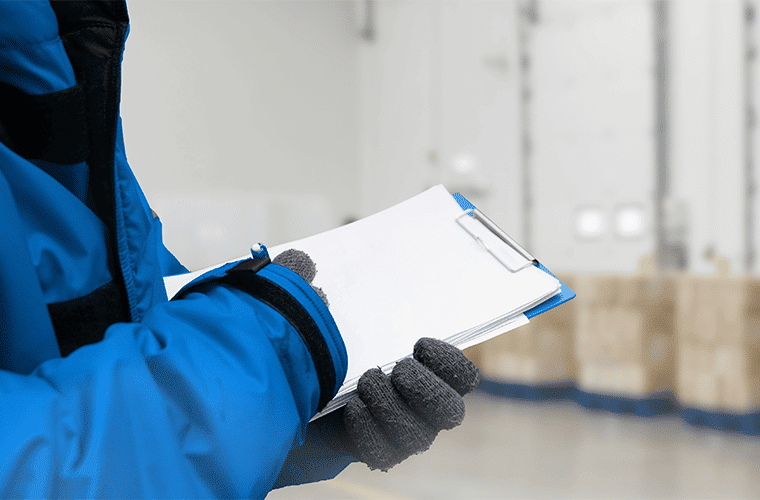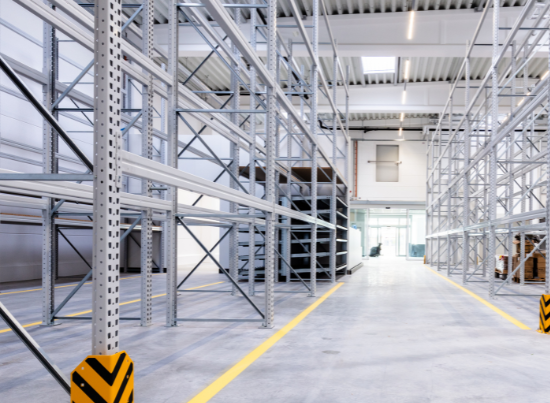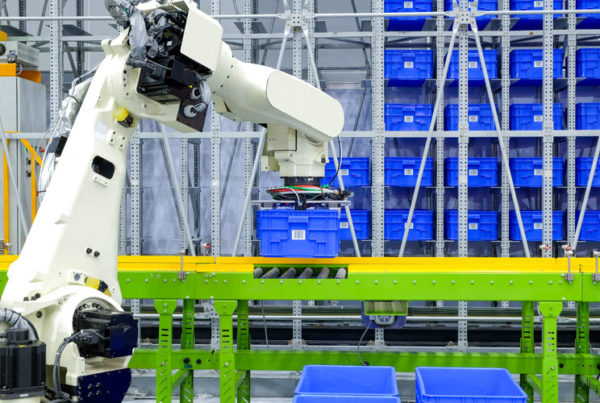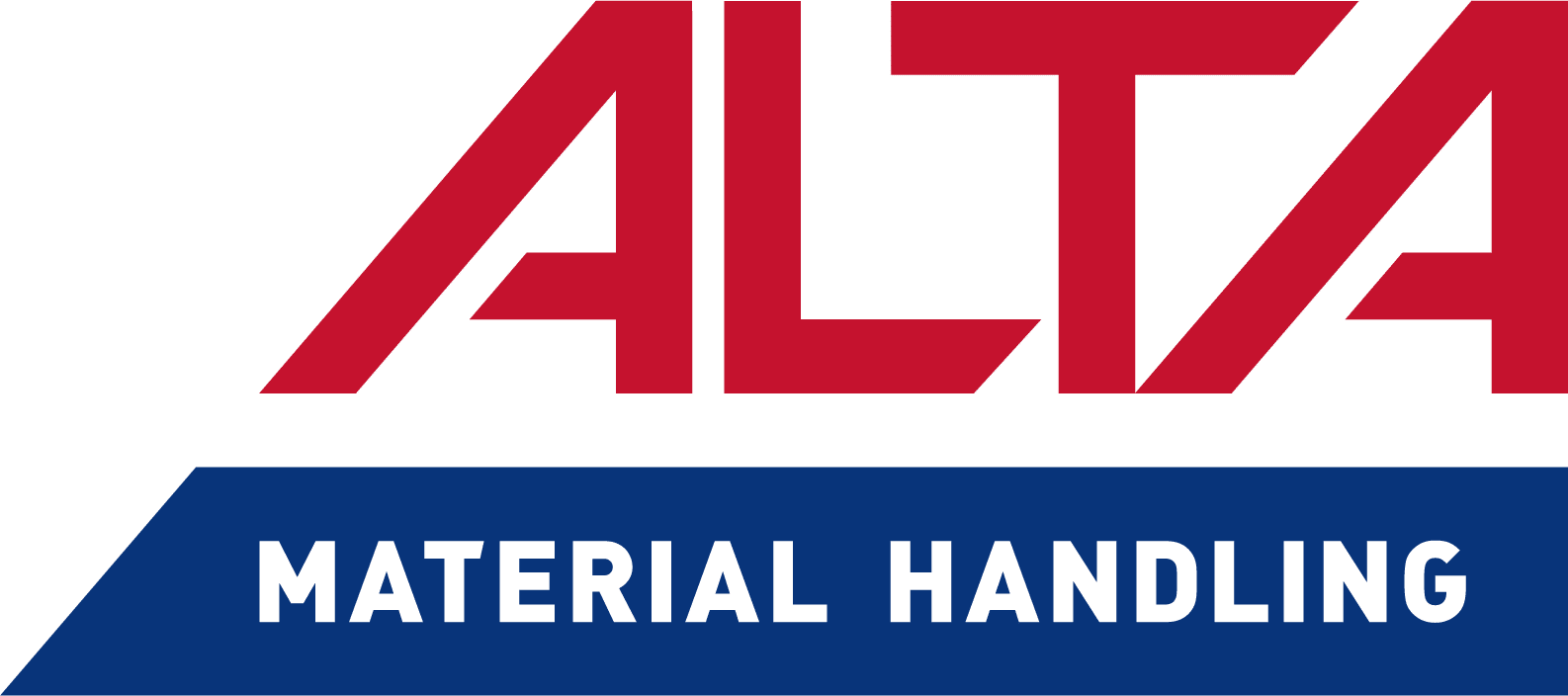Supply chain logistics is a complex industry, requiring the ordering and tracking of raw goods; the high demands of made-to-order manufacturing; the pressures of same-day shipping of a wide variety of products; and the precision of tailored deliveries to thousands of buyers who demand transparent tracking applications, all done on a global scale in a competitive market. As if all that isn’t challenging enough, cold chain logistics puts even more demands on the process, requiring more rigorous controls and monitoring.
The Importance of Precision
Many products require being kept within a narrow temperature range. Obviously, some products that fall outside of that range for too long – such as meat and dairy products – spoil.
Less obviously, the quality of many products is affected by their temperatures. Milk chocolate, for example, begins to separate when stored in either hot or cold environments. If kept on the back of an unrefrigerated cargo truck on a hot day, the fat in the chocolate moves to the surface, giving it an unappetizing, powdery-white look. While still edible, it’s an undesirable effect of bad cold chain management that will leave consumers dissatisfied.
Humidity – or a lack of it – can cause cheese, bread and other baked goods to mold or stale. It can also impact the effectiveness of pharmaceuticals. Pills, for example, can be caused to crumble if they get too dry. But if stored in a too-humid environment, they can absorb the water from the air, which can diminish their effectiveness.
To accommodate all the various products that move through it, a single distribution center may have many different temperature zones, including:
- Ambient – Ambient zones are kept at the natural temperature of the warehouse. Because insulation isn’t a primary concern in a basic warehouse, they can be hot in summer and cold in winter.
- Temperature controlled – Temperature controlled zones include air conditioned (56 °-75 °F), refrigerated (33 °-55 °F), frozen (below 32 °F) and ultra-cold storage.
- Climate controlled – Climate control includes temperature control, but also monitors and regulates the humidity of the environment. This is key for some produce and baked goods, as well as many pharmaceuticals.
Some Cold Chain Processes
Cold supply chain processes begin with the raw materials and last as far as the final delivery. We discuss some of these processes below, but our list isn’t exhaustive. If you have questions about – or are having problems with – your cold chain operations, please reach out so we can discuss it.
Storage – Storing products in the appropriate environment – ambient, temperature controlled, or climate controlled – is key both to the shelf life of the product and the profits of the logistics provider. Freezing refrigerated items can be as bad as thawing frozen goods. And storing goods that don’t need to be kept cold in a controlled environment is a waste of valuable space, adds unnecessary costs in utilities, and can create logistical problems when new shipments arrive. As items move through the supply chain, the appropriate storage must be available, and facilities need tight controls over how items are received and stored.
Packaging – Most products can be damaged by shocks, bumps, or falls, and packaging is meant to mitigate these damages. For perishable products, the packaging is often an intrinsic part of the cold chain, and damage to the packaging poses health risks. A crumpled box can be as bad as a tear, exposing perishable goods to high outside temperatures. Packaging goods in a properly sized container, with the right amount of filler, helps maintain the box’s structural integrity, and is key to keeping products safe and maintaining their shelf life.
Monitoring – Monitoring temperature and humidity is crucial both in cold storage facilities and cold transport. For facilities involved in a temperature-controlled supply chain, having a robust WMS (Warehouse Management System) capable of monitoring climate controls in multiple zones is key to meeting both customer expectations and FDA regulations.
Transport – In a global market – and especially in a global market where individuals purchase perishable products from their phones and expect rapid delivery to their homes – transportation has become a key focus of temperature-controlled supply chains. Suppliers using Third Party Logistics (3PL) can offer a reasonable guarantee of the integrity of the cold chain by using insulated boxes and liners, ice packs, and dry ice. For companies that cross international borders, the cold-chain requirements of each country the product moves through have to be met. And moving through customs can be a slow process, made slower by incorrect labeling and paperwork, which can put the integrity of the cold chain at risk. Properly labeling shipments, and ensuring they are accompanied by the right paperwork, can speed up these processes.
Global Cold Supply Chains Are Empowered by Technology
Over the past 25 years, the warehousing industry and the larger supply chain have been marked by an increase in accuracy and speeds made possible by advances in computers and robotics.
For cold chain operations, these accuracies and speeds are more than an avenue toward increased profit and market share; they are what allows perishable products to arrive at a customer’s doorstep safely.
Want to learn more about how modern warehousing technologies can ensure the integrity of your cold chain management? Contact us to talk details and strategies!
2x the volume and $100K in savings for a medical distributor.
PeakLogix helped Merit Medical double volume and increase productivity by 200% while maintaining staffing levels reducing overtime. The integration helped the facility achieve an additional $100,000 in annual savings on shipping and freight.





